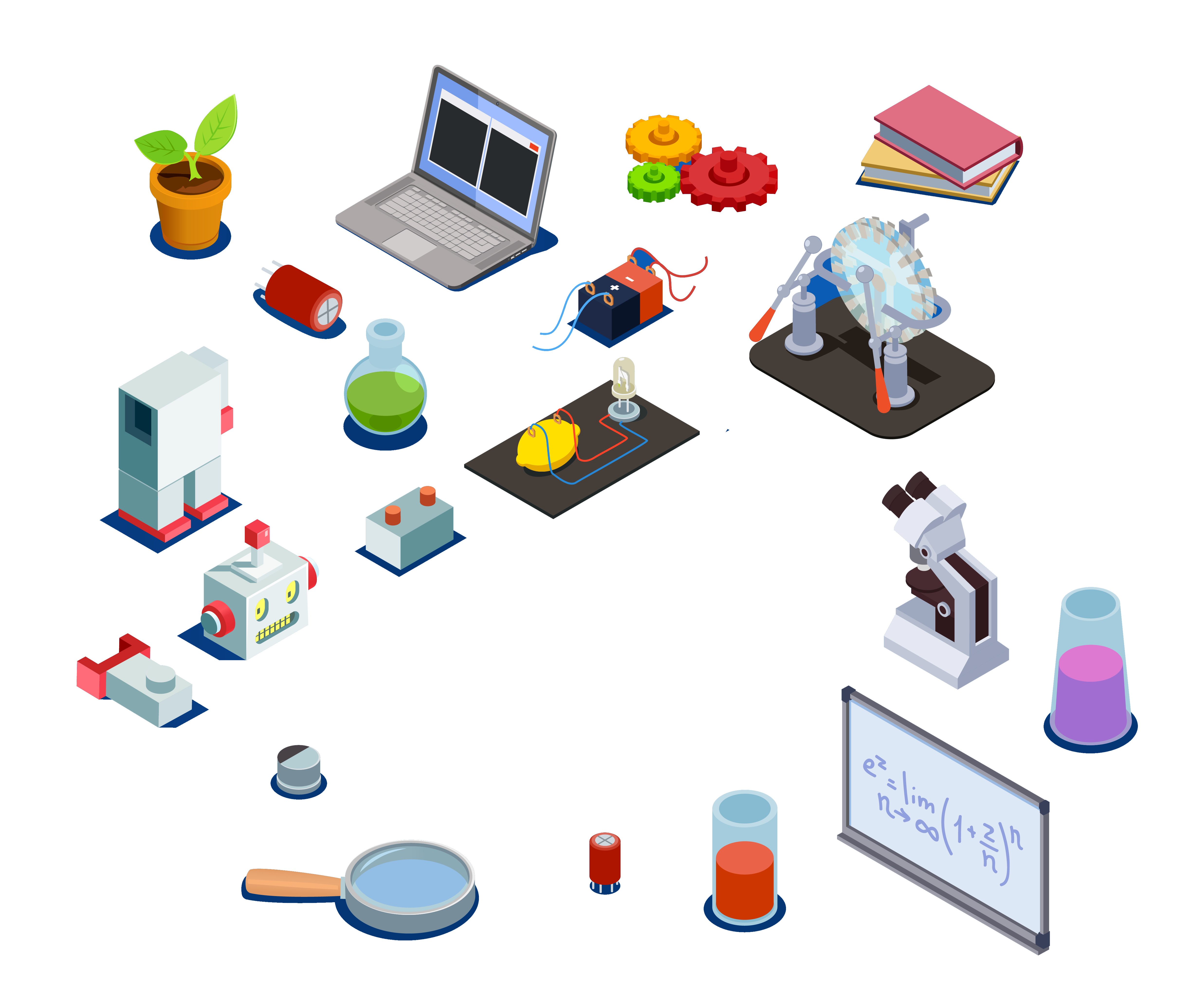
Categories
We split our courses into 4 categories as physical programming, coding, web design and 3D design.

Physical Programming
Physical Programming is a tremendous field for enhancing student’s analytical thinking skills by assembling the science of computing with electronics.
-
Physical programming is a field that involves in communicating with the objects and the systems in real world by using programming skills.
-
Students discover how electronical equipments can be controlled by a microcontroller.
-
Teachers can add many courses that can enhance students’ knowledge and skills related with physical programming.

Programming
Programming is the process of creating a set of instructions that tell a computer how to perform a task.
-
Students develop their problem solving and cognitive skills as they begin to learn coding.
-
Learning programming does not only enable us to learn how to benefit from technological developments, it also makes us visualize how the technology is administrated.
-
In order to compete in the current global economy, people shall have sophisticated skill sets.

Web Design
All the websites composed of texts and all of the social media applications are the products of web design and development.
-
Today, the networths of digital and social media platforms are indicated in billions of dollars.
-
We ensure our students to obtain web design and development skills so they can maintain the requirements of the 21st century.

Design
The developing manufacturing technologies require 3D design and simulation skills.
-
Building up the design perceptions and learning the 3D design basics with respect to technological developments is crucial for humankind in 21st century.
-
Our students learn how to operate the most convenient software in order to transform imaginary products into physical objects, by making the prototypes of the products and putting them into simulations.